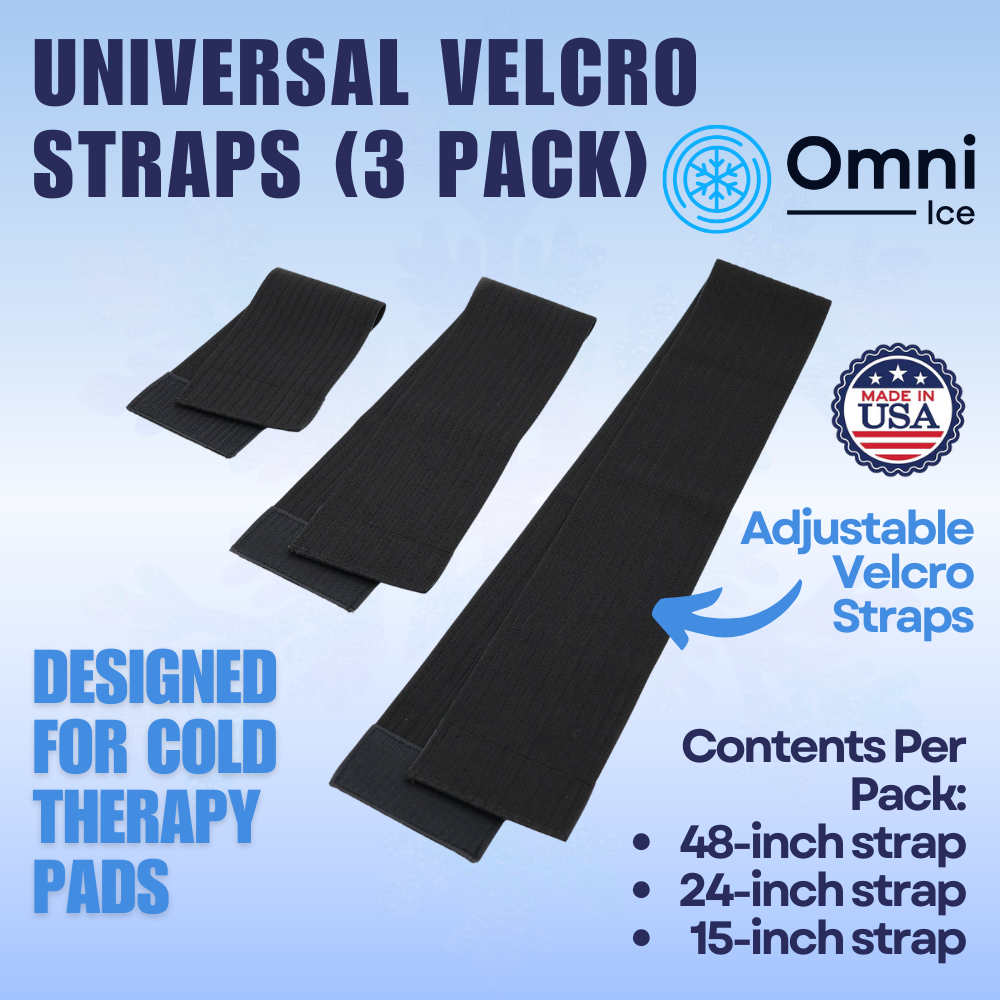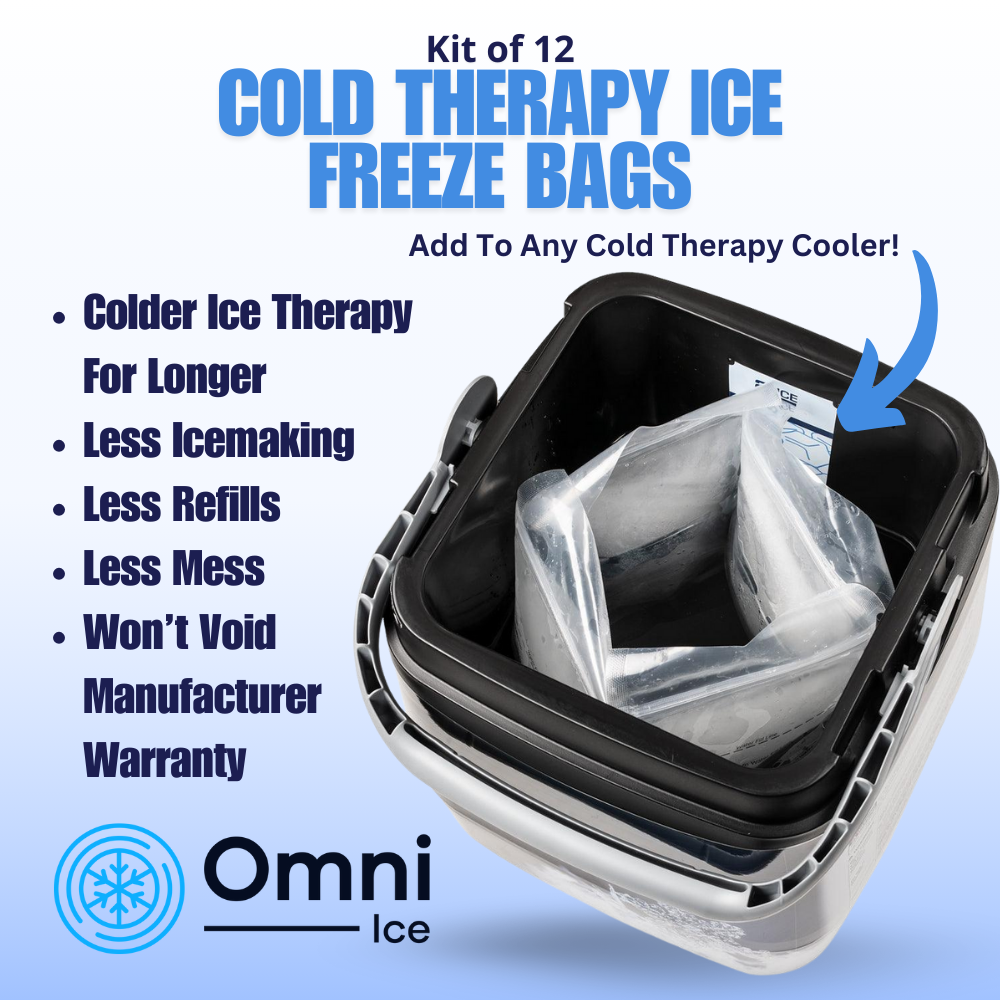Avoiding Ice Burn During Cold Therapy Sessions
Over the years, cold therapy has proved to be a reliable treatment for soft tissue injuries and post-surgery recovery. However, excess exposure to cold temperatures can lead to ice burns. One of the primary side effects of using ice to treat injuries is getting frostbites.
Therefore, before you put on the cold therapy device, you need to know how to avoid ice burns, especially if you are using the device without a medical doctor’s help. In this article, we are going to give you some tips for ice burns during cold therapy. But first, let’s look at how a cold therapy device can cause ice burns.
How Does Cold Therapy Cause Ice Burn?

Putting ice or anything cold directly on your skin for a long time leads to severe frostbite, which usually occurs in a matter of minutes. The cold temperature causes ice crystals to form in your skin cells, slowing down the targeted area’s blood flow. This deprives the surrounding tissues of oxygen, resulting in ice burns. Eventually, the ice burns will cause permanent damage to the skin and the underlying tissues. Sometimes the damage can be so severe that the only solution is amputation.
How to Avoid Ice Burn During Cold Therapy
Follow Doctor’s Guidelines
Since this type of therapy has proved to be quite effective, many medical doctors and physical therapists prescribe cold therapy machines for their patients. In most cases, the doctor will help you use the device correctly and safely to avoid ice burns. But if you are using the machine on your own, it is essential to follow your doctor’s guidelines and ask questions when you get stuck.
Cover Your Skin with a Cloth
Before you put on the cold therapy wrap, cover the targeted area with a piece of cloth to prevent the wrap from touching your skin directly. You can also use a bandage to act as the barrier between the wrap and the skin. Also, do not adjust the wrap too tightly.
Take Breaks Between Therapy Sessions
Most of the latest cold therapy systems have built-in timers and temperature controls designed to help you set the right duration per session. Usually, each cold therapy session should last for not more than 20 minutes, depending on the type of injury and skin sensitivity. These breaks give your skin and underlying tissues time to rest, preventing ice burns and other related injuries.








